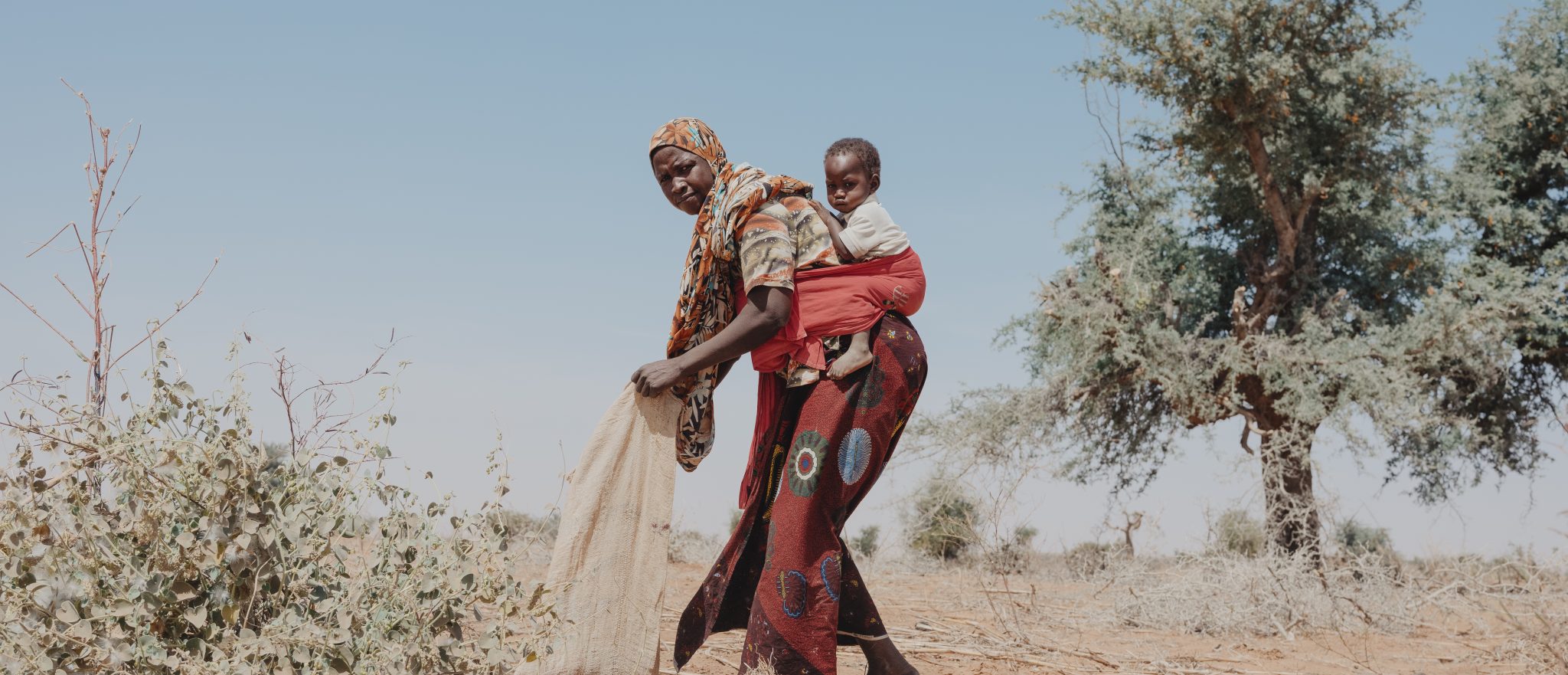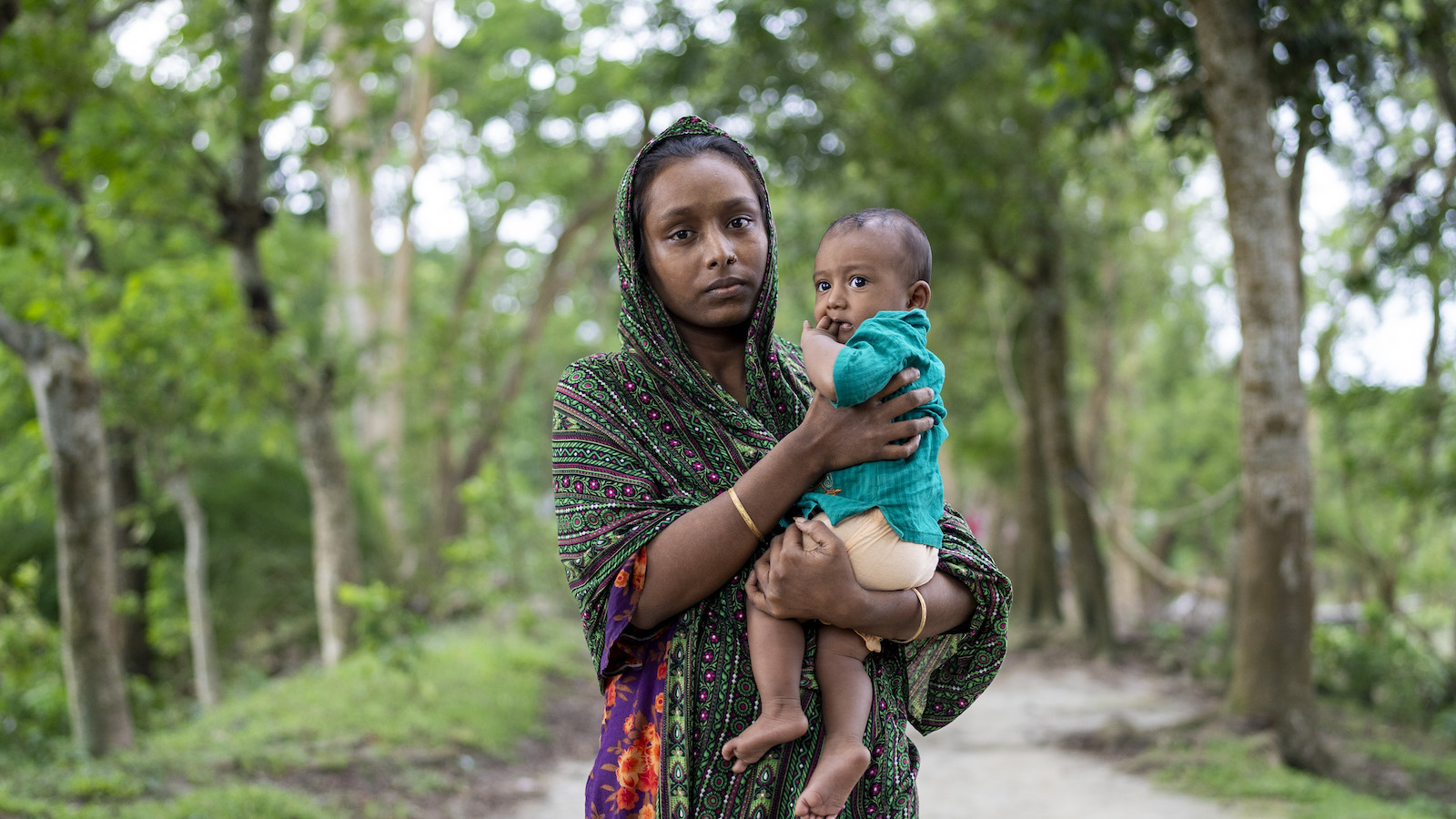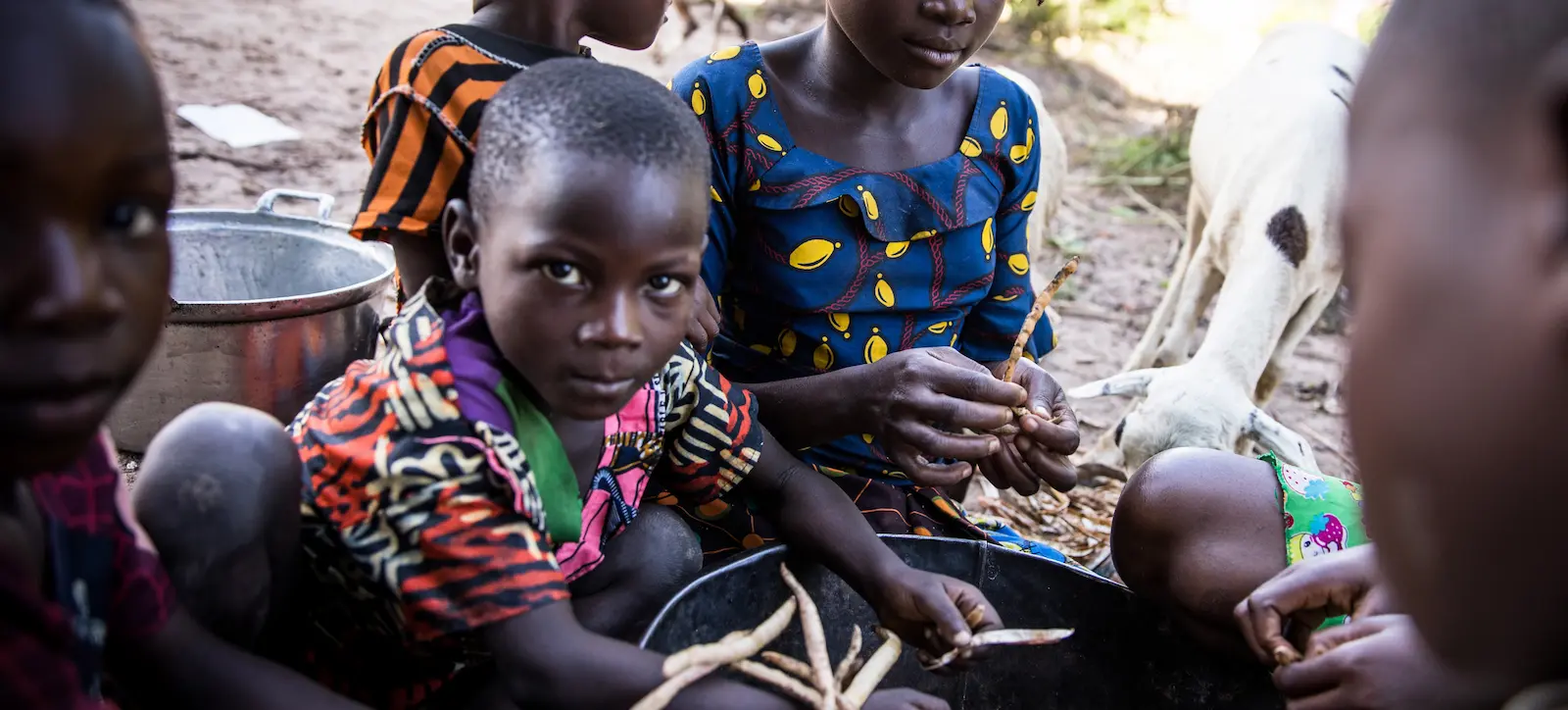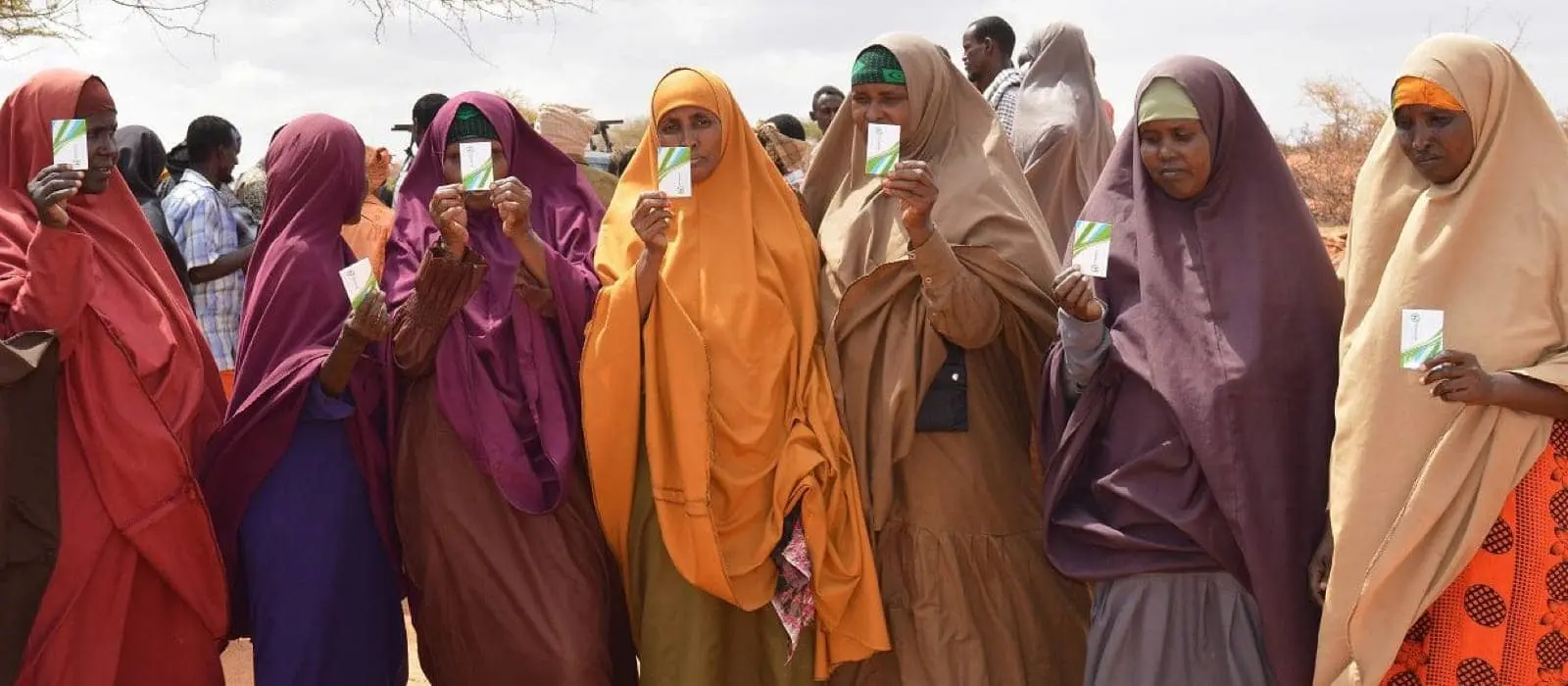Despite relative peace for years, the landlocked country of Niger is fighting a virtual war against poverty and hunger. We bring you the fast facts on one of the world’s poorest countries.
In 2021, the United Nations rated Niger the least-developed country in the world (closely followed by the Central African Republic, Chad, Burundi, and South Sudan). Over the years, the country’s situation has only worsened as the humanitarian context grows more dire due to insecurity, hunger, the climate crisis, and COVID-19. All of these elements make the cycle of poverty even more difficult to break for millions of Nigeriens living on less than $1.90 per day. What’s going on? Here’s what you need to know about poverty in Niger in 2022.
Niger at a glance:
- Population: 24.21 million
- 3.8 million people in Niger require humanitarian assistance
- 42.9% of Nigeriens live in poverty, earning less than $1.90 per day
- 83% of the population lives in rural areas
- 20% of Nigeriens cannot meet basic daily food and nutrition needs
- Average life expectancy in Niger: 62.4 years
- Average years spent in school: 2.1
- Refugees hosted: 250,000
- Internally-displaced Nigeriens: 313,000
- Humanitarian funding for Niger only reached 42% of its goal in 2021
1. Niger shares borders with seven countries, making it a hub for refugees and migrants
Peace in Niger hasn’t gone without interruption (most recently an attempted coup d’etat last March), but — for the most part — the country has not seen major conflict for over a decade. During this time, however, there has been a tremendous amount of violent conflict in the region surrounding Niger (which borders Algeria, Libya, Chad, Nigeria, Benin, Burkina Faso, and Mali).
As a result, Niger has become a popular host country for more than 250,000 refugees (mostly coming from Nigeria, Mali, and Burkina Faso). The country also hosts 313,000 internally-displaced nationals. Forced migration contributes to the high poverty levels — especially since 82% of Nigeriens earn their income from farming and livestock; livelihoods easily lost when people are forced to relocate.
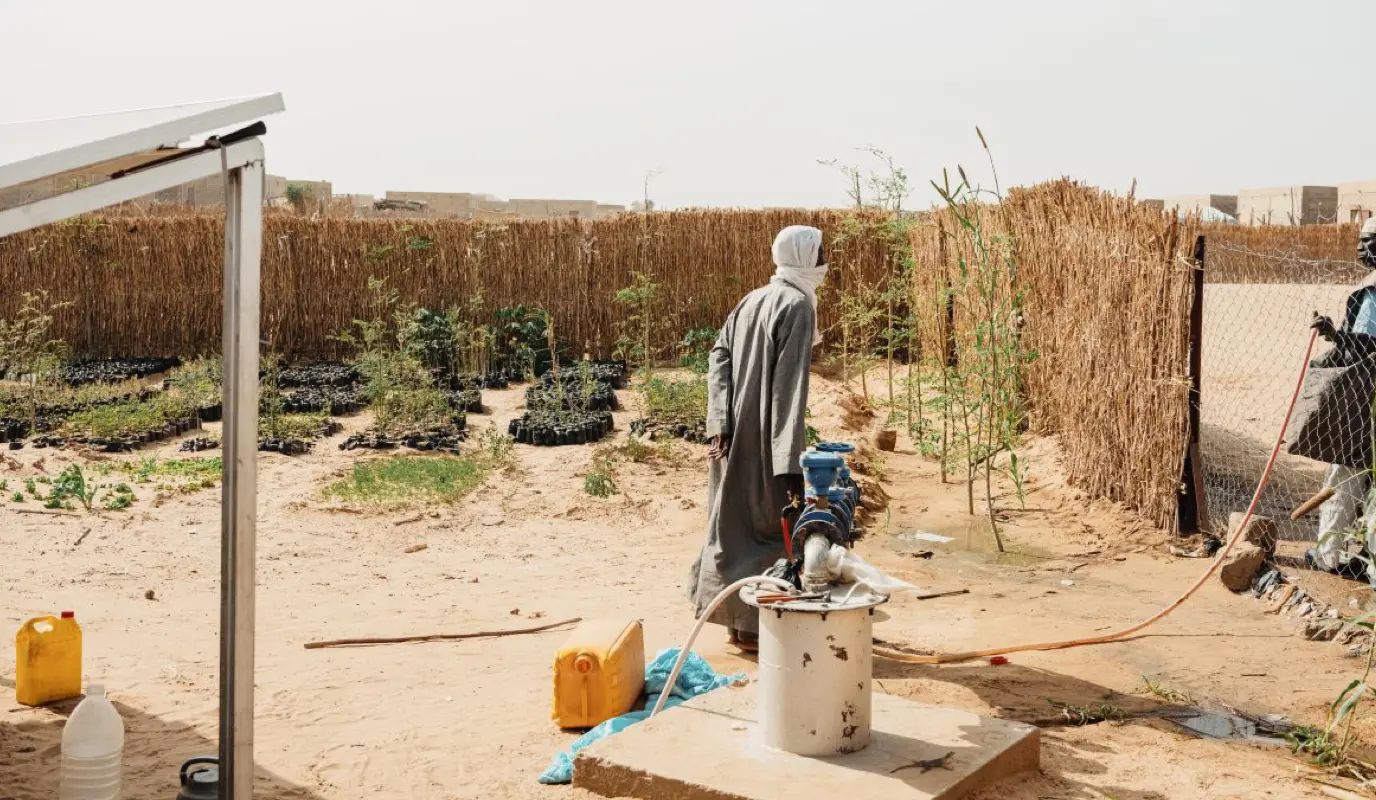
2. Despite relative peace in the country, Niger is also vulnerable to violent militias
“Peace” is a relative word in Niger, where the first democratic transfer of power in the country’s history took place only last year with the election of President Mohamed Bazoum. The country’s legacy of political corruption and civil unrest following its independence from France in 1960 is still fresh in memory.
“Climate change [in Niger] is another pandemic with devastating effects.” — Hassoumi Massaoudou, Foreign Minister
Niger’s historically open borders are also vulnerable to attacks from armed non-military groups. This causes more displacement for both refugees and Nigeriens alike. In 2021, owing to attacks on civilians, a state of emergency was declared in the Diffa, Tahoua, and Tillaberi regions. Currently, the World Bank considers the “deteriorating security condition” to be one of the three main causes of poverty in Niger.

3. Niger is also a hotspot for climate disasters
Landlocked Niger is not just one of the world’s poorest countries, it’s also one of the hottest, with local temperatures rising at 1.5 times the rate as the global average. Four-fifths of the northern part of the country is desert, and one-fifth of the southern part is savanna. On its own, this makes farming a challenge. The erratic rainfall patterns and increasingly frequent droughts, side effects of climate change, have only made matters more difficult.
In an address to the United Nations in September, 2021, Nigerien Foreign Minister Hassoumi Massaoudou likened the severity of the issue to that of the global impact had by COVID-19, calling the climate crisis “another pandemic with devastating effects.” This is especially true for Niger’s children. The country ranks seventh on UNICEF’s Children’s Climate Risk Index, with Nigerien children especially vulnerable to the effects of drought and flood in the country.
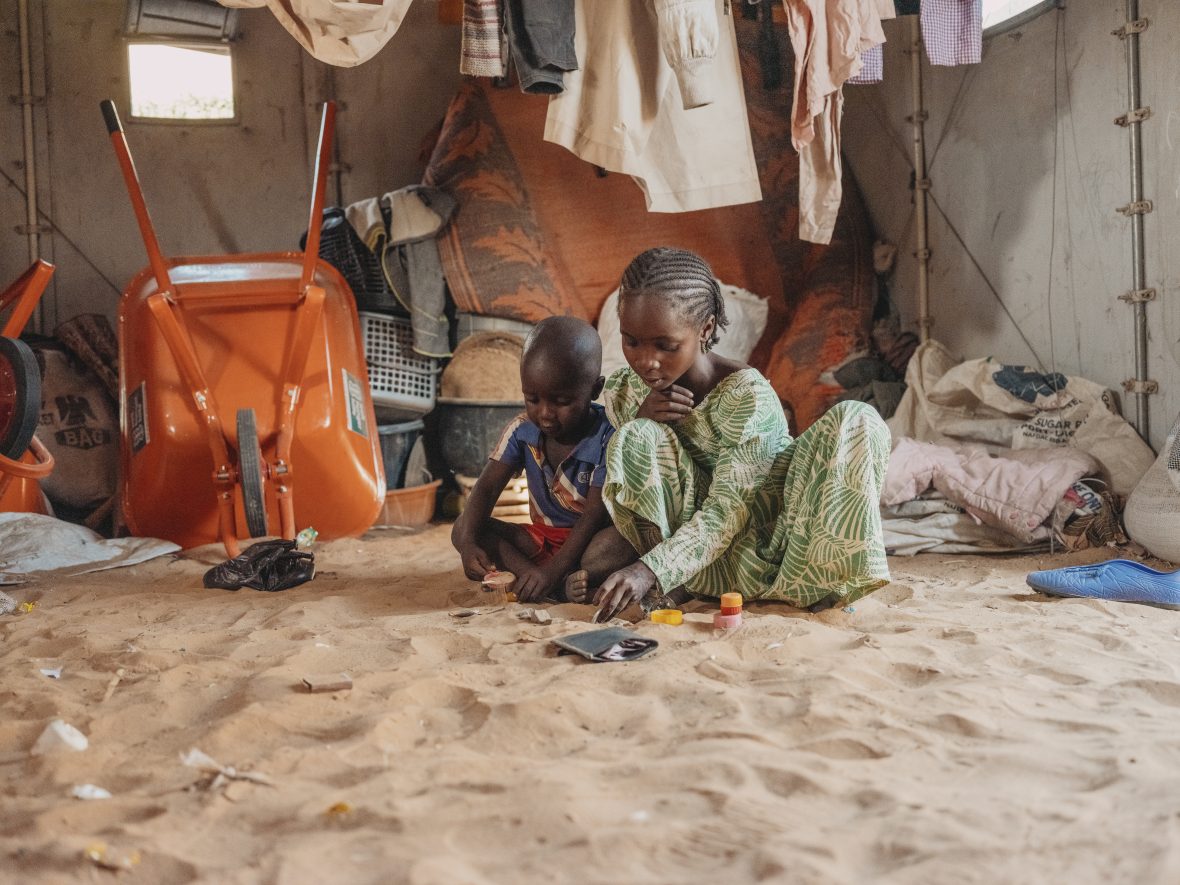
4. Education in Niger is under threat, creating a precarious future
In terms of the average age of its citizens, Niger is the world’s youngest country, with a median age of 15.4 years. Half of its population is under the age of 14. However, barriers to education here are tough to eliminate and include conflict-driven insecurity, climate-related emergencies, the COVID-19 pandemic, hunger, and extreme poverty. These factors have direct effects on school attendance in Niger, with many students missing school especially during hungry seasons. Currently, more than 50% of children ages 7 to 12 are out of school in Niger, a figure that jumps up to 60% for older children ages 13 to 16.
In regions affected by conflict, the attendance rates are especially low. Nigerien authorities estimated that 579 — or approximately one in four — schools in the Tillabéri region closed at the end of the 2020-2021 school year due to violence. This deprived 53,562 children from their basic right to a quality education. The year before, 377 schools in the region closed, affecting more than 30,000 children. This is a trend that needs to stop for the youngest generations of Niger’s citizens to break the cycle of poverty.
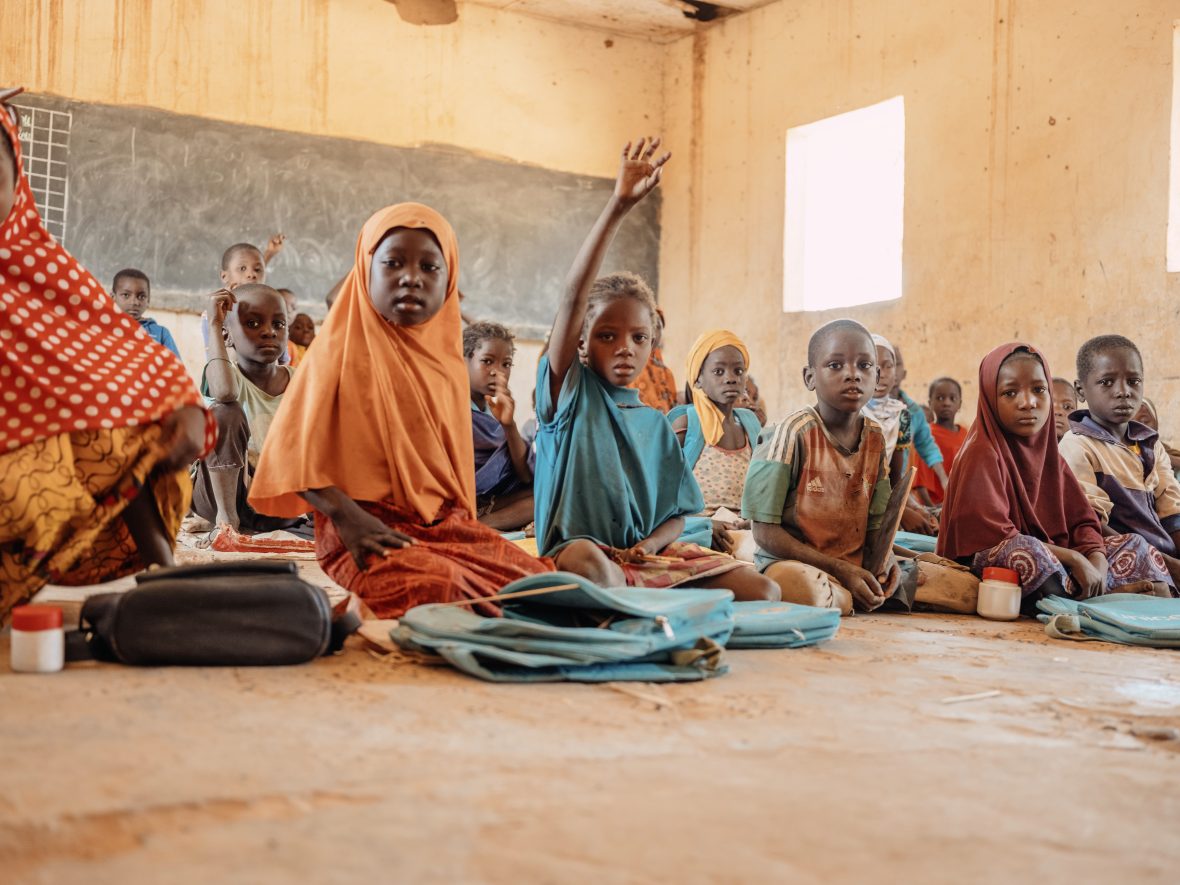
5. Poverty in Niger is sexist
The face of poverty in Niger is overwhelmingly female, with girls and women representing an estimated 75% of Nigeriens living below the poverty line. Social inequalities between the roles and responsibilities of men and women in society fuel disparities that very quickly become economic hardships: Women are more than twice as likely to be illiterate than men in Niger, and the dropout rate from school is higher for girls than boys due to gender-based violence, domestic roles and duties, and early marriage (one out of every two girls in Niger is married by the age of 15, and by 17 they’re likely to have at least one child or be pregnant for the first time).
39.6% of Nigerien women with jobs still live below the poverty line.
There are still laws in effect that prohibit women from inheriting land, and a woman’s property is managed by her husband, leaving an entire gender devoid of financial independence or autonomy. 39.6% of Nigerien women with jobs still live below the poverty line. This is especially troublesome for the many women who serve as their family’s only parent or breadwinner, which is common in regions like Tahoua where many men work internationally as migrants for significant parts of the year.

Poverty In Niger: Concern’s response
Concern has spent nearly two decades in Niger, and our work focuses on tackling the structural causes of extreme poverty. We do this in part by focusing on health and nutrition, livelihoods and financial empowerment, and supporting the local education system.
Our Livelihoods program provides emergency food aid (including the distribution of cash and fortified flour to families) combined with long-term assistance to support economic independence. This long-term support is based on agricultural activities, such as sack gardens, community trainings on Climate Smart Agriculture techniques, the distribution of small livestock, and support to build income generating activities through village savings and loans associations (VSLAs).
Our nutrition programming in Niger began in 2005, and currently focuses on our CMAM Surge approach. Through this, health systems at both the national and local levels are being strengthened to better anticipate, prepare for, and cope with seasonal “surges” in malnutrition.
Concern’s approach to education in emergency contexts is being adapted to conflict-based crises in the Tahoua, Tillabéri, and Diffa regions. Our work is to uphold the right to education even in an emergency, and here we’re working to improve both access to and quality of education. We support teachers in Niger with trainings to build their skills and help them improve outcomes with their students. Given the fragile contexts of the areas we work, we also partner with communities to support a safe and protective learning environment.
Concern in Niger
- Concern’s Education in Emergency programs reached almost 46,000 children and adults with activities that included school enrollment, supplying materials for both students and teachers, training for teachers and community members, and building classrooms.
- In Tahoua, one of the poorest regions of Niger, we reached close to 110,000 people through a combination of livelihoods, education, and health programs.
- Training farmers on improved, climate-resilient agriculture techniques significantly increased productivity and contributed to households having a greater quantity of food and a more diverse diet year-over-year. The average yield of fortified organic millet was 708 pounds per acre on average (compared to 505 pounds per acre the previous year), and the use of irrigation enabled households to diversify their food sources during the off-season.
- Significant progress was also made in the maternal and child health component of our program in Tahoua, which showed that 38.5% of children were being exclusively breastfed (which protects against common childhood diseases and diarrhea), an increase of nearly 10% since last year (29%), and 15.5% since the project began.

